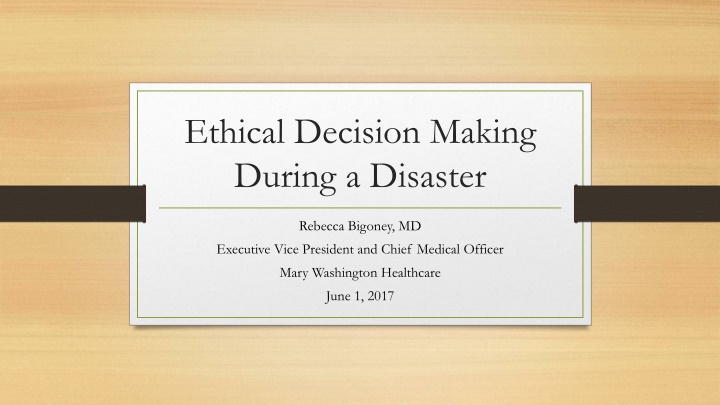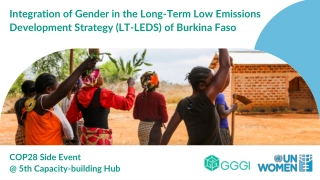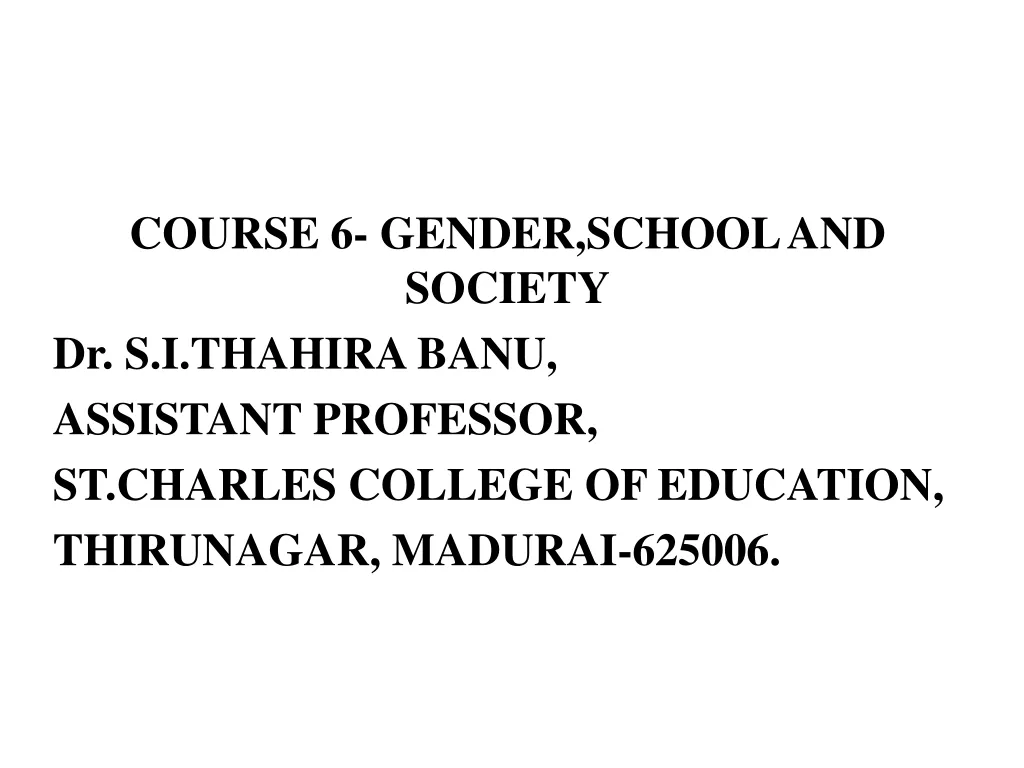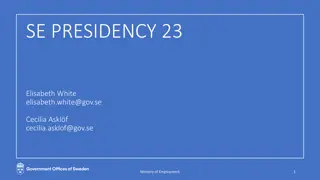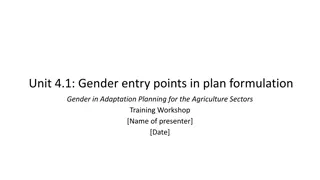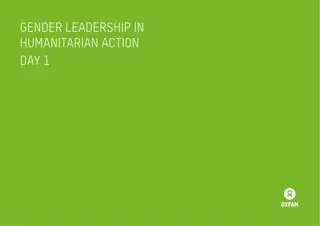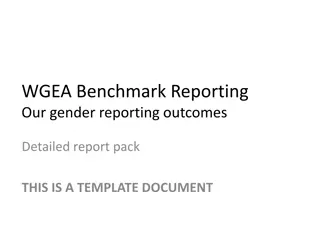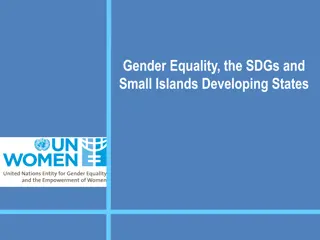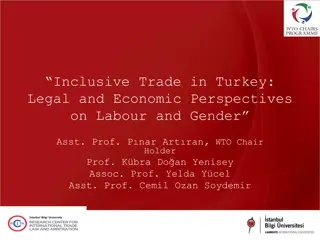Generation Equality Forum: Promoting Gender Equality for Transformative Change
Generation Equality Forum (GEF) is a global gathering convened by UN Women to accelerate gender equality through partnerships, solidarity, and movement building. Learn about its objectives, outcomes, Action Coalitions, and guiding principles for engagement. Take a look at how Action Coalitions are driving systemic change in key areas like Gender-Based Violence, Economic Justice, Climate Justice, and more.
Download Presentation

Please find below an Image/Link to download the presentation.
The content on the website is provided AS IS for your information and personal use only. It may not be sold, licensed, or shared on other websites without obtaining consent from the author.If you encounter any issues during the download, it is possible that the publisher has removed the file from their server.
You are allowed to download the files provided on this website for personal or commercial use, subject to the condition that they are used lawfully. All files are the property of their respective owners.
The content on the website is provided AS IS for your information and personal use only. It may not be sold, licensed, or shared on other websites without obtaining consent from the author.
E N D
Presentation Transcript
Ethical Decision Making During a Disaster Rebecca Bigoney, MD Executive Vice President and Chief Medical Officer Mary Washington Healthcare June 1, 2017
Objectives 1. Identify the major ethical issues which arise in disaster management. 2. Identify ethical principles to guide provision of care and resource distribution in a disaster. 3. Provide practical guidance for policy and procedure development. 2
What We Will Talk About Ethical issues in disaster medicine Rationing care Ethical options for distributing care Values Principles Policy Development Caveats and pitfalls What to do with all of this information 4
Ethical Issues in Disaster Medicine Who gets what treatment when there is not enough for everybody? How do we honor patient rights like privacy or the right to request or refuse treatment? How far does healthcare workers duty to provide care extend even at our own peril? What do we owe our fellow providers and first responders by way of fidelity and reciprocity? 6
Rationing Failure to have the resources to provide all of the care which could be beneficial. 7
Ethical Options Save all or save none Medical need General need Queuing first come, first serve Lottery Likelihood of medical success Immediate usefulness Give to those who require less resources Give to those on whom others depend 8
What Gets to Count and What Doesnt? What does not count. Social worth Ability to pay Importance , power, connections What might count. Constituency? Age? Likelihood of success/prognosis? Self-induced disease or contribution to the problem? 9
Where Do We Start? We need: Values Principles Input Tools and rules 10
Values 11
Saving lives--? Saving the most lives? Does quality of life matter? Does the length of remaining life matter? Justice and equity - fair distribution of burdens and benefits Respect for persons - honor patient rights and civil liberties; minimize necessary breaches. Nonmaleficence - do no harm. To minimize harm transfer, conserve, reuse, substitute, and avoid avoidable harm. Transparency - stakeholders should participate in guideline development and be aware of policies. Nonabandonment obligation to continued care and comfort Stewardship - protect, develop, and distribute resources to maximize benefit Proportionality - minimize compromise for minimum time Professionalism - duty to care even at personal risk, with accommodations for our colleagues at higher risk. Reciprocity - prioritization of those who provide care, not only so that they can continue to do so, but also in return for their assumption of disproportionate burdens 12
Principles 13
Declared disaster Collaboration with NVHA and Health Department Exhaust all other possibilities. Transfer, share, cancel nonessential procedures, maximize staffing, repurpose, reuse, substitute Decisions do not consider social worth or ability to pay Limitations to care will be scaled and minimum necessary, reasonable, proportional, equitable, nondiscriminatory, transparent, and legally compliant Rationing applied to all patients, not just disaster victims Direct caregivers will not be asked to make rationing decisions Ongoing assessment may prioritize patients up or down We will mitigate risks to the extent possible Prioritize those who are essential to providing care Assure safety and security for health care providers and patients 14
Policy Development Inclusive rather than exclusive Emergency Department and Critical Care physicians and nurses; first responders; local Health Department; organizational leadership; legal/regulatory; public representatives; ethics Approved by Medical Staff Executive Committee and Board 16
Our Policy 17
Resource distribution teams report to Incident Command. SCRAT: Scarce Resource Allocating Team: Senior Medical Director or CMO chairs. Assures that all alternatives have been implemented; moves nonessential services; identifies resources needing distribution; distributes workload. MCAT: Medical Care Assessment Team: 3 physician leaders. Uses Resource Allocation Tool to determine which patients receive resources, reviewed daily. Triage Review Team: Quality Department staff, community, and/or Board members; retrospective review of MCAT actions. Palliative Care Team: assures comfort and nonabandonment. 18
Identify eligible patients Exclusion criteria applied Tier 1: s/p arrest with anoxia; severe cognitive impairment, coma, PVS (not MR or developmental delay); advanced stage of metastatic cancer, neuromuscular disease; multiorgan system failure on ventilator; severe burns Tier 2: End stage organ failure of heart, lungs, or liver Remaining patients stratified using combination of mSOFA tool and points for age Reevaluate daily Patients can opt to refuse treatments 20
Liability and Crisis Standards of Care Three Levels of Activation: 1. Conventional 2. Contingency 3. Crisis Legal protection in Virginia for declared emergency. 22
Caveats and Pitfalls No perfect tool Justice concerns Different guidelines in different facilities opportunity to game system? ?Right to appeal? Decision making on the fly; you can t turn back 23
So, What Do We Do? Better off with something than nothing for guidance. Clarify your own values and principles and those of your organization. Encourage proactive conversation and guideline development. Recognize the ambiguity and moral distress associated. Ultimate goal to have a statewide standard. 24
End 25
